As the Coronavirus pandemic heats up worldwide, the epicenter of the disease has switched to the United States.
While the disease started in China and Italy has had the most deaths, we here in the USA reached the point of having the most total reported cases as of Thursday, the 26th.
While some are trying to blame this on the slow start we as a nation have had in testing, in the eight days before reaching the most total reported cases, the US tested more people than South Korea had in the previous eight weeks. That’s at least somewhat significant, in that the population of the United States is over six times larger than that of South Korea; so it shouldn’t be surprising that it has taken us more time to reach a significant number of tests. We’ve had to produce a lot more kits to test with.
On the flip side of that coin, the slow start in testing has resulted in more opportunities for people to spread the disease, before being tested. But considering the long incubation period for this disease, I’m not sure that would have made a difference.
What is making a difference is the lockdowns that much of the country is currently under. While this may not have a significant impact on the total number of people who end up with the disease, it is projected to have a huge impact on the infection rate, slowing down the curve of how fast the disease spreads. That is enough to make it worthwhile doing so that we don’t end up with the same problems that Italy is having.
According to the latest figures, over one percent of Italy’s population has come down with COVID-19. That may not sound too bad to you, but the scary figure is that over 10% of the people who have come down with the disease in Italy have died from it. In fact, the ratio of deaths to those who have been cured stands at 8:10, the highest in the world.
There are many reasons why Italy has fared so poorly in this pandemic, including having a population with the second oldest average age in the world. But the prime reason is that their medical community has been overwhelmed by the virus and is unable to treat all those who need it. They started triaging off anyone 80 years of age or older and have since lowered that age to 60 years of age. If you are more than 60 years old and come down with the virus, they just send you home – no testing, no treatment.
That’s what our government is trying to avoid here. While we have some of the best medical care in the world, right now New York City has less than 1/5 of the intensive care hospital beds that they need to treat critical COVID-19 cases. Without the seemingly drastic measures our government is taking, we could see that same thing nationwide.
The Best Solution – Don’t Get Sick
It may seem like a trite observation, but the best thing that any of us can do is to avoid getting infected. That may be harder to do than it seems. When you’re trying to avoid something that’s so small that you can’t even see it, the only way you can avoid it is to assume that everything is contaminated. That may seem paranoid, but the real question in a case like this is, “Am I being paranoid enough?”
There are cases of COVID-19 in every state in the country and in every country in the world, with the exception of Antarctica. So unless you’re moving to Antarctica this week, avoiding the disease is becoming harder and harder. In some states, like Nevada and Montana, the low population density provides some protection. In addition, the Southwest has an advantage, due to the heat and bright sunlight (which kills the virus).
For the rest of us, if there is one reported case of COVID-19 in your county, I’d suggest that you assume that your entire county is contaminated. That’s what I’m doing. Again, I know it’s paranoid; but is it paranoid enough?
With that in mind, how do we make sure that the virus stays out of our homes and that we don’t become infected by it?
The advice that has been put out by our various government agencies is good in this regard. It originated with the CDC (the Center for Disease Control and Prevention), which is widely recognized as the world’s premier medical research institute for infectious diseases. But as I’ve been studying the disease and the spread of disease in general, I’ve come to realize that those measures are not enough. Those measures are good to help us avoid catching the disease directly from others, but they don’t do much good to help us avoid picking up the virus from inanimate objects.
According to the latest information out of the National Institute of Health, the 2019-nCoV virus can survive for up to three days on some surfaces (this information has not been peer-reviewed yet) and can linger in the air from aerosol transmission for up to three hours. This information supersedes earlier information that projected a survival time of up to nine days. But that information was based upon a different coronavirus than the one we are faced with today.
Here’s the problem, as I see it; with the amount of time that the virus can stay alive, outside a human host, there’s much more chance of us catching the virus from picking it up off a surface, even with the current restrictions, than there is of us catching it directly from someone. If we could actually keep from touching our faces, we might be able to dodge the bullet, even if we pick it up on our hands; but that’s much easier said than done.
Perhaps the most dangerous thing that any of us are doing today is to go to the grocery store. Chances are, someone has been in that store before you, who is infected with the virus and doesn’t even know it. That means that everything they touch is likely to have the virus on it; not just the handles of the shopping carts, but the products on the shelves too.
That’s what we have to keep from getting into our homes.
Let’s Talk Masks and Gloves
The Surgeon General and other medical officials have asked the American people to stop buying surgical and N-95 masks because there aren’t enough for all the medical professionals who need them. Apparently, the government’s stockpile of 100 million medical masks wasn’t restocked after the Swine Flu pandemic in 2009. We’re now suffering the results of that bad decision.
Regardless of how we’ve gotten here, we have to deal with the situation as it is; there aren’t enough masks to go around. So the medical community has asked that we not buy them, stating that those masks really aren’t going to keep us from getting infected anyway. The reason that doctors wear surgical masks isn’t to protect them from catching anything the patient might have, but to protect the patient from any germs the medical personnel might have. In surgery, this is a major concern.
I won’t argue with those medical authorities. I’m sure they know more than I do. On the other hand, I can’t help but see that in the countries which are being held up as an example for their handling of the pandemic, everyone is wearing masks. So apparently the masks are helping. I don’t think that’s because it is helping keep people from breathing the virus in, but rather it’s helping keep infected people from breathing and coughing the virus out.
At some point, I believe that it will be necessary for us to all don masks; at least for when we are out in public. Hopefully, the supply chain will catch up and the supply of masks will soon be in place to allow for that. In the meantime, we must depend on social distancing.
I’ve taken to wearing disposable rubber gloves when going out in public, especially when going to the store (which is about the only place I’m going). The gloves I’m using came out of my workshop, where I use them for things like staining wood and working with fiberglass. I bought them at Harbor Freight, and as of the last time I looked, they still had lots of gloves in stock, even though their supply of masks was decimated.
The purpose of the gloves is to avoid picking up any viruses off of the packaging. Since I don’t know if things in the store are contaminated and I don’t have any ready way of testing, I have to assume that they are. As far as I’m concerned, wearing disposable gloves is better, because it protects my hands from picking up the virus, rather than depending on my ability to wash it off.
Once I leave the store, the gloves come off, turning them inside-out in the process, and are deposited in the garbage can. I’ve got plenty more gloves for the next time I go to the store.
One other little detail I’ve come up with, which the half-empty shelves in our grocery stores make easy. That’s to pick up an item from the back of the shelf, rather than the one in the front. That way, there are probably fewer hands that have handled that package. Please though, don’t make a mess in the process, just reach around through the empty area on the shelf and only touch the package that you’re going to take. Be considerate of others.
Decontaminating the Things I Buy
Anything I’m buying is assumed to be contaminated, whether I buy it in the local grocery store or order it online. I have no way of knowing whether the person who picked and packed that order was infected and contagious or not; therefore, I must assume that they were.
There are several different ways of decontaminating purchases, depending on what it is and how it is packaged. But to start with, I need two decontaminated work areas; these can be two halves of a table I’ve decontaminated or the floor of my kitchen and the countertop, with the counter decontaminated. In either case, items that haven’t yet been decontaminated are kept separate from those which have been.
The tools for this process are mostly paper towels and disinfectant spray. The paper towels should be soaked with the disinfectant, just about to the point where you can squeeze it out. You can either choose to wear disposable rubber gloves or not. Either way, you should wash your hands thoroughly before and after the process.
You’ll also want to set out open containers to put the food that you’re going to repackage into. Do this, before bringing the grocery bags in from your car, while you are disinfecting your decontamination area.
Items that are packaged in cans, bottles, boxes, and bags can be decontaminated by wiping them with wet paper towels. This can even be done with meat that has been packaged by the butcher. However, a more secure method is to remove the contents and repackage them in containers that you have kept at home, which you know are not contaminated. That won’t work well for canned and bottled items, but it will for things like bagged rice and beans, or packaged cookies.
For items that are bagged inside of a box, like breakfast cereal and crackers, you can open the box and remove the inner bag. That bag will be clean, even if the outer box isn’t. So all you have to do is to open the box and dump out the clean bag into your decontaminated food area.
Fruits and vegetables which are packaged in plastic bags can be stored as-is, once the plastic packaging has been decontaminated. But produce that has been put in mesh bags, berries in plastic boxes or product that you select and bag yourself must all be assumed to be contaminated. Rather than using the disinfectant spray on them (which may not be good to eat), wash them in the sink with soap and water, just like your hands, being sure to rinse them well to remove the soap.
Once all your food is removed from the packaging, gather up the packaging and the grocery bags and throw them away in the outside garbage can. Then come inside and disinfect your hands and the area that you were using as a holding area for the food to be decontaminated.
During this entire process, you should only touch the outside of the packaging and your disinfectant soaked paper towels. Don’t touch anything inside the packages, as you might be transferring the virus to the outside of the packages to the food inside with your own hands. If you have to close containers, wait until you have finished decontaminating the food, have disposed of the packaging and have disinfected your hands.
Decontaminating Food with Sunlight
It is a known fact that sunlight is a strong disinfectant. Actually, it’s the ultraviolet (UV) light in sunlight that is. Sunlight is uniformly deadly to both bacteria and viruses. For bacteria, only 10 seconds of exposure to direct sunlight is needed to kill them. However, no such definitive study seems to have been done for viruses. So, while it is known that UV light will kill viruses, it is not known how much UV is required.
Nevertheless, we can use UV light to decontaminate the food we bring home from the grocery store, at least that which doesn’t need to be refrigerated. All that you have to do is set your purchases out on a table or even in your driveway, making sure that they are spread out far enough so that nothing is in the shadow of anything else. After a while, go back and turn the items 180 degrees, so that the other side, which had been in shadow, is exposed.
Once done with this UV decontamination process, disinfect your hands and then repackage the groceries in new bags to bring them into the house, not the ones you brought home from the store; they are assumed to be contaminated and must go in the garbage.
Something similar can be done with any shipments you receive at your home. First leave the package in the sun for UV decontamination, just like I discussed for your groceries. Then open the package and leave the item in the sun, repeating the process while you throw away the outer package. In this way, if the person who picked and packed the package was contagious, you won’t be bringing the virus into your home.
Decontaminating Your Clothes
Finally, you have to assume that any clothing you wore out in public is contaminated and treat it that way. The best thing to do is take it off, once you have finished decontaminating your hands, and put it in the laundry to be washed. Don’t wear it again, until you wash it.
But is just washing it enough? Again, am I being paranoid enough?
There are a couple of different ways that you can ensure that your clothing is decontaminated. The first is to use chlorine bleach in your wash. Of course, that only works for whites or clothes that you don’t care about become discolored. For the brighter colored clothes, that’s not a good idea.
So will “color-safe” bleach work? Surprisingly, it will. The whitening agent in color-safe bleach is hydrogen peroxide, which is also a strong disinfectant. You can disinfect a load of clothing by adding one cup of hydrogen peroxide per load.
If you can’t find hydrogen peroxide or color-safe bleach, you can add 20 Mule Team Borax to your wash. This old-school laundry additive combines with the water in your wash, to create hydrogen peroxide, making it ideal for disinfecting your clothes.
Finally, to be extra sure that your clothing is fully disinfecting, you can dry your clothes on an old-fashioned clothesline, where the UV from the sun can reach it. While sunlight won’t work as effectively as a disinfectant on cloth, as it does on harder surfaces, it still works. Besides, your clothes will be hanging out there for a while, giving the sun plenty of time to work.





























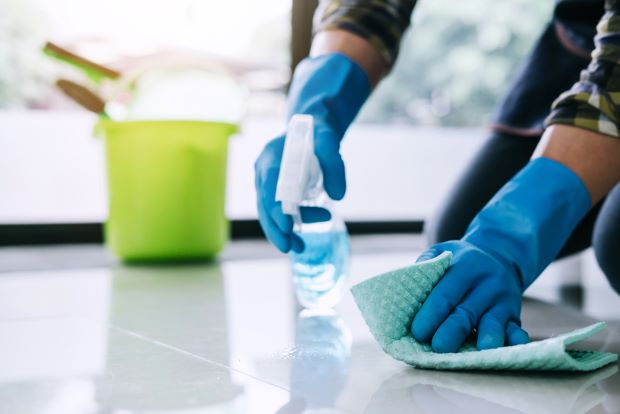

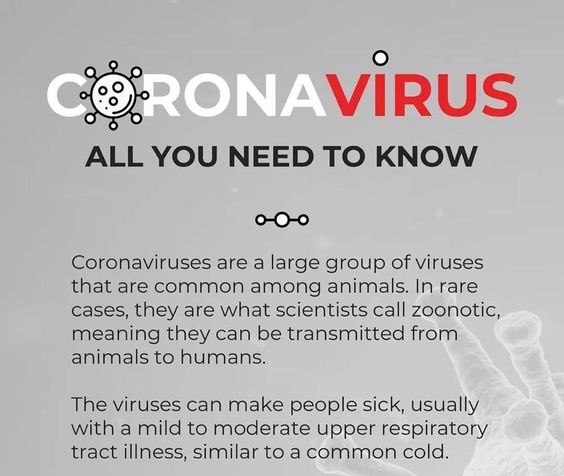
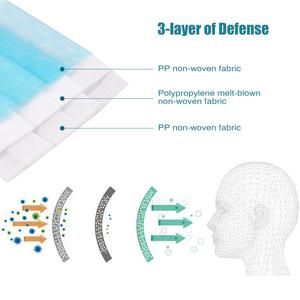
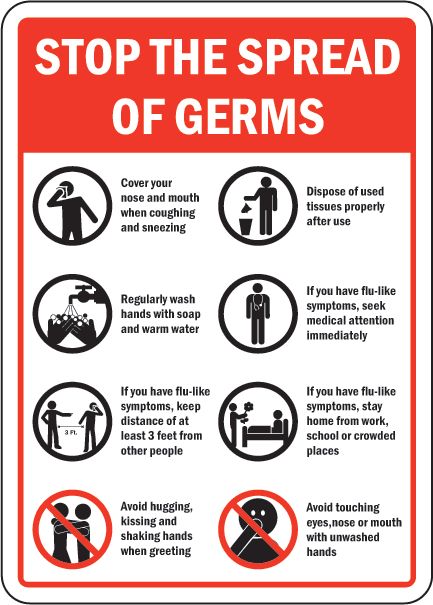
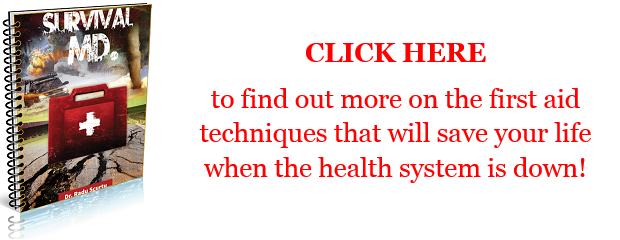
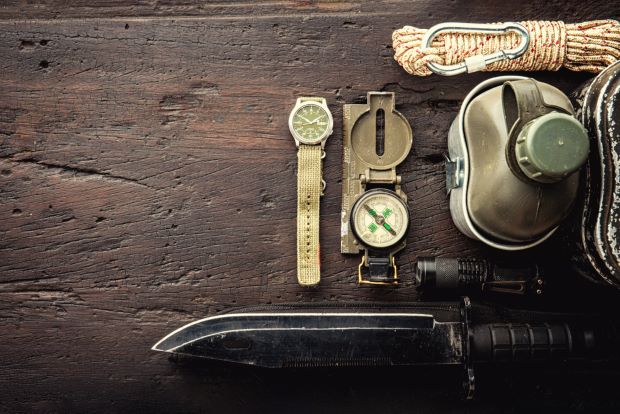





















































Please do NOT wash your produce with soap and water! Washing under plain running water, or using a vinegar/water soak or spray are effective and safer! You don’t want to be eating soap residue!
If you don’t have color safe bleach,, hydrogen peroxide or borax, can you wash normal and dry the clothes in a high temp dryer since it would be above 87 degrees?
I totally agree about NOT to wash your produce in soap! Soap can make a person very ill when ingested. A lot of this “disinfecting” food is quite overbearing procedure. People need to get themselves immune sooner or later. Influenza hasn’t been cured and we battle that every year. Covid-19 WON’T be the last of any virus there will be in the future.
You don’t want to0 live in a “sterile” environment – ever. Germs and viruses are all always around and if not exposed to them on a regular basis is what can lead to getting sicker . clean”.
The regular old seasonal flu has taken more than 23,000 lives in the U.S. so far and between 38 to 54 MILLION have had/have the flu this season..17 million have gone or medical visits and 390,000 went into hospitals.
With the scare tactics being employed by the media and government (advisers) far more people are crowding the medical system, mostly unnecessarily.
I would love to have Lysol spray. I would like to have paper towels. These are not available anywhere in my area.
don’t forget #colloidalsilverkillsall
Hey Bill I usually read your posts with gusto, as I like your down to earth comments…..but this is a little too much! We need to eat a little dirt to survive living in this world.
Screw all this noise!
Bring back Chicken Pox Parties! We need to get some Herd Immunity going here Folks!
Harbor Freight donated all their gloves; they have no more. They probably came from China, anyway, like most all the rest of their products.
Sanitizing with UV lamps. There are five wavelength bands associated with UV light UV-A or black light 320 to 400 nano meters (nm), UV-B sunburn lamps (300 to 320nm, UV-C the common germicidal band 240 to 300nm, and the newer Far UV-C band 180 to 240nm, Plus VUV vacuum UV 100 to 180nm . shorter wavelength than these is X-Ray. UV-A and B will not sanitize spores, germs and viruses, UV-C is called Germicidal because it does kill all three at 254nm, but it is not an eye or skin safe wavelength. The new product lines in Far UV-C have been recently shown to be eye and skin safe. 222nm far UV-C is not readily available, but has been shown to be effective. Traditional UV-C although restrictive in its applications does work as well. I bought a Cobb LED UV-C bulb and installed in a large enclosed box to make a DIY sanitizer. Can’t testify that it kills anything or even radiates in the proper wavelength. After all they come from China. But the 60watt power and the reflective walls of the box put a lot of energy on the sanitation target. What target, my N95 face masks. These are intended to be disposable but with the lamp you can get twenty uses out of them ( in my theory). So the cost saving is good. Further anything delivered in an external package and then contents can be cooked in 5 minutes. (NO food, Plants, Pets or People should be radiated) I use an amber set of Honeywell UV block glasses to be safe. If you are in business refer to Sterilray.com for products which might be applicable, else go for it DIY